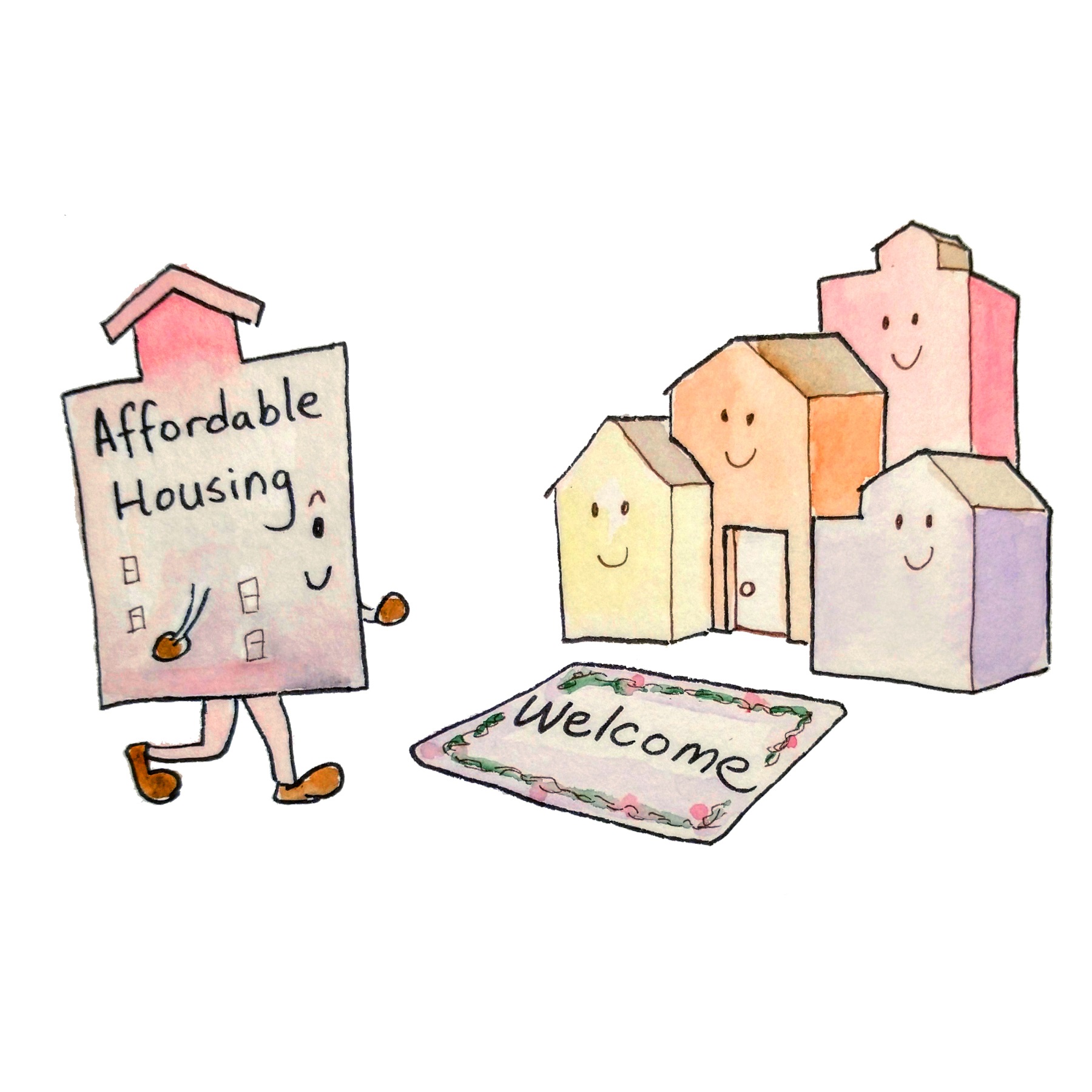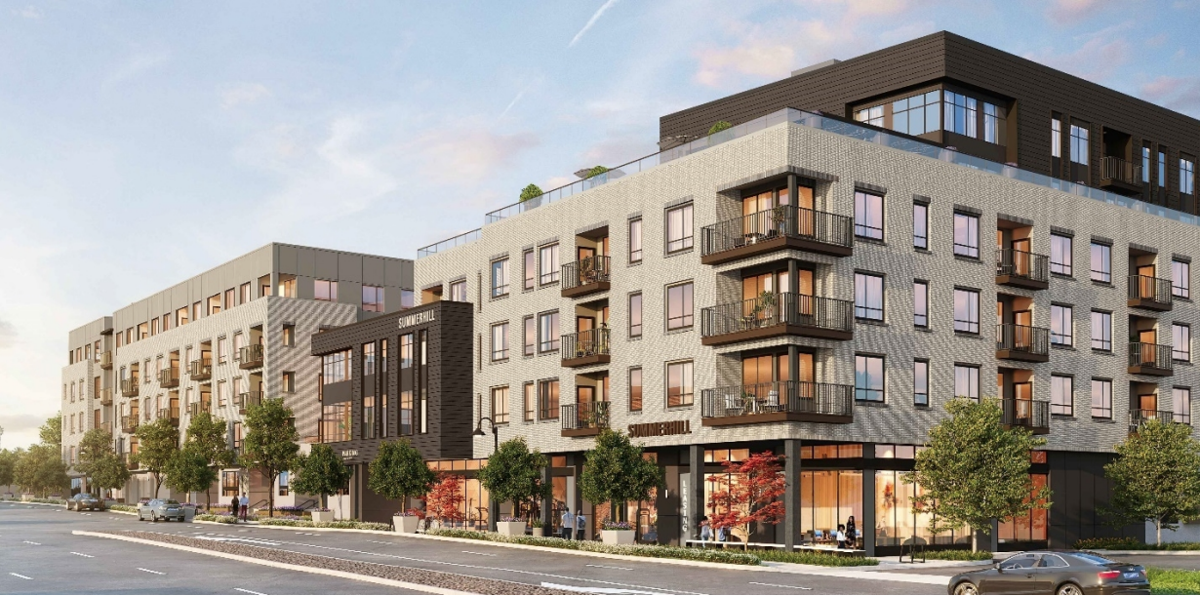Status Update
As of today, eight jurisdictions in San Mateo County remain out of housing element compliance: Pacifica, Half Moon Bay, Daly City, San Bruno, Belmont, Atherton, Woodside, and the County itself. Belmont has been deemed in substantial compliance, very close but not yet officially certified, and San Bruno’s housing element, currently under review, commits to several substantial policy changes as well.
San Mateo County has far and away the highest rate of non-compliance in the Bay Area. Regionally, just 20 cities remain out of housing element compliance, a rate of 19%, whereas 38% of SMC’s jurisdictions are out of compliance–reflecting the numerous barriers to housing that have contributed to high rental costs in recent years.
Builder’s Remedy Proposals
Among other penalties, including loss of access to a variety of state grant funding programs, jurisdictions that remain out of housing element compliance are subject to the “Builder’s Remedy”: Without certified housing elements, jurisdictions cannot use their zoning rules to deny housing proposals. Essentially, jurisdictions without housing elements do not have a zoning code. As a result, developers can theoretically propose a 10-story multi-family projects in a single-family neighborhood and the city cannot use zoning to deny it.
Pacifica has had the most Builder’s Remedy proposals in San Mateo County, with at least 6 projects in the pipeline. Some cities received Builder’s Remedy applications before achieving housing element certification, though they are now certified: Menlo Park, in particular, has three applications, including a proposal for 665 homes in a lower density neighborhood.

Dalle-e impressionist painting of “The Builder’s Remedy”
Other cities have found loopholes: The City of San Mateo successfully stalled a proposal for a Builder’s Remedy at the Block 20 site to death. The proposal at Block 20 would have replaced the initial proposal for 72 homes and 98,717 square feet of office space with a 353-home project. The project applicants chose not to move forward with a Builder’s Remedy proposal when staff refused to determine if the project was eligible for streamlining until after the developer submitted a complete application.
New State Laws Protect Builder’s Remedy Proposals
New state laws will make the Builder’s Remedy substantially more impactful in jurisdictions that remain out of housing element compliance. AB 1893, signed by Governor Newsom on September 19, guarantees legal protections for projects proposed under the Builder’s Remedy in exchange for stricter limits on density.
Specifically, AB 1893:
- Requires local governments to process Builder’s Remedy applications through the same process as normal, zoning-compliant developments–meaning that local governments may not require a rezoning or general plan amendments or impose additional fees.
- Strengthens the Housing Accountability Act by adding stricter statutory timelines for reviewing an application and a limit on the number of public meetings a city may hold regarding Builder’s Remedy proposals.
- Changes Builder’s Remedy maximum densities from (1) unlimited density to whatever the maximum density is within the city, or (2) up to 65 du/ac, whichever is higher. Builder’s Remedy projects can still be proposed throughout most of a city, except on sites abutting heavy industrial uses.
Builder’s Remedy proposals submitted before the end of the year will have a choice between existing Builder’s Remedy rules–which allow unlimited density but have fewer protections–and AB 1893’s provisions.
Furthermore, AB 1886 closes several loopholes some jurisdictions used to claim ineligibility for the Builder’s Remedy, including the “self certification” strategy. Previously, several cities in San Mateo County claimed they complied with housing element law before receiving certification from HCD. AB 1886 clarifies that jurisdictions only comply with housing element law once HCD certifies them—meaning until HCD certifies a jurisdiction’s housing element, that jurisdiction is subject to the Builder’s Remedy.
Laws from prior years may further strengthen Builder’s Remedy applications. SB 423, a state law passed in 2023, will further bolster housing proposals by streamlining CEQA review for many housing projects. SB 423 extends existing rules requiring cities that have fallen behind on their RHNA goals to streamline housing that helps them catch up. Infill projects meeting certain labor standards, standards that vary based on the size of the development proposal, will be able to surpass CEQA review entirely in order to receive permit approvals.
Some projects may be able to layer AB 1893 and SB 423 together, creating housing development proposals that will be extremely difficult for jurisdictions to disprove.









